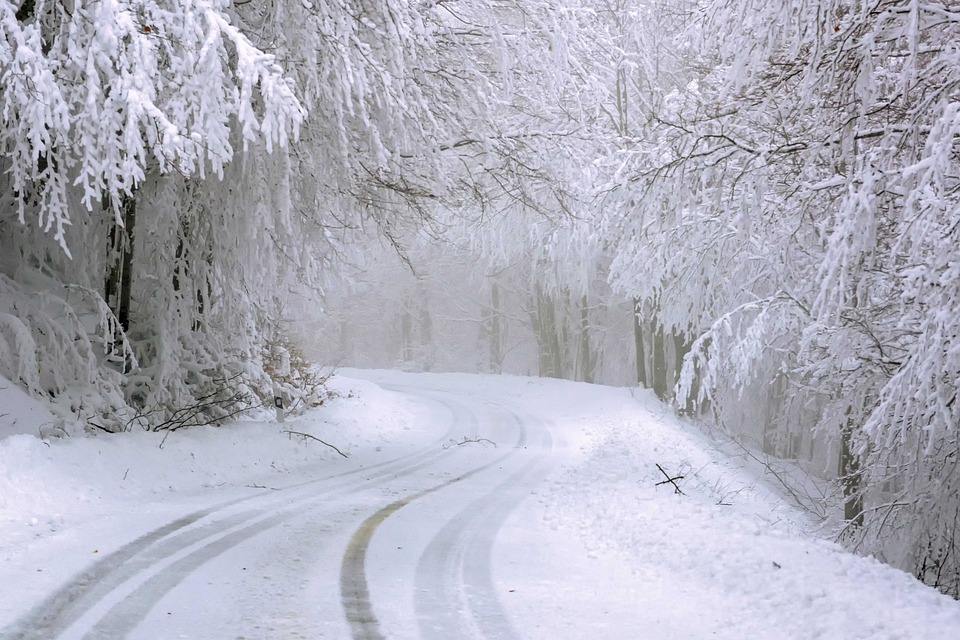National Weather Forecast
:no_upscale()/cdn.vox-cdn.com/uploads/chorus_asset/file/24588979/national_highsd2.jpeg)
:no_upscale()/cdn.vox-cdn.com/uploads/chorus_asset/file/24588978/national_day2map.jpeg)
A system working through the Great Lakes on Monday will continue to bring heavy snow and mixed precipitation to parts of the region. A cold front out ahead of that will produce some rain in the Northeast and storms in southern Florida. A new system near the Pacific Northwest will bring the region some rain and snow showers, with additional precipitation due to a cold front in the Rockies. A few pop-up storms also can’t be ruled out across the central/southern Plains.
:no_upscale()/cdn.vox-cdn.com/uploads/chorus_asset/file/24588977/national_3dayprecipsnow.jpeg)
A foot or more of snow could fall from Sunday through the first part of the work week in parts of the U.P. of Michigan and Wisconsin with that system slowly moving through the region. A few feet of snow will also be possible in parts of the Cascades. The heaviest rain – with up to 3” expected – will be along the Pacific Northwest coastline.
_______________________________________________
Squirrels live longer in leafier parts of London, air pollution study shows
More from The Guardian: “Deteriorating air quality is a major threat to health, and scientists have discovered that humans are not the only ones in danger. Grey squirrels suffer worsening lung damage the closer they live to the centre of a city, according to a study in London. It found the lungs of the rodent residents of Richmond fare far better than those of central Westminster. The research – published last week in the journal Environmental Pollution – highlights the extent of air contamination in cities and suggests that many other species, including wild animals and birds as well as pet cats and dogs, could be affected by particles in the air from traffic and other sources.”
New Look at Climate Data Shows Substantially Wetter Rain and Snow Days Ahead
More from Berkeley Lab: “A key source of information underpinning the upcoming National Climate Assessment suggests that heavy precipitation days historically experienced once in a century by Americans could in the future be experienced on several occasions in a lifetime. Scientists at Scripps Institution of Oceanography at UC San Diego and the Department of Energy’s Lawrence Berkeley National Laboratory (Berkeley Lab) report that extremely intense days of rain or snow will be more frequent by the end of this century than previously thought – as often as once every 30 or 40 years in the Pacific Northwest and southeastern United States.”
Midwestern leaders want to sell ethanol in summer despite smog risks
More from Grist: “Despite concern over increased air pollution, greenhouse gas emissions, and the potential to harm endangered species, a bipartisan group of Midwest governors and fuel industry leaders are pushing the federal government to approve increased ethanol sales this summer. Ethanol, a renewable fuel made out of corn, is not normally available in the summer months as it is linked to increased levels of smog. The strain of ethanol known as E15, which means it is at most 15 percent ethanol and 85 percent gasoline, can not be sold in the summertime, specifically from June 1 to September 15. The fuel releases more pollutants in warmer, more humid conditions and its production and discharge from vehicles are linked to an effect known as “summertime smog,” due to its chemical makeup.”
_______________________________________________
Follow me on:
- Twitter: @dkayserwx
- Facebook: Meteorologist D.J. Kayser
- Instagram: @dkayserwx
- Mastodon: @dkayserwx
- Post: @dkayserwx
Thanks for checking in and have a great day!
– D.J. Kayser
:no_upscale()/cdn.vox-cdn.com/uploads/chorus_asset/file/24243265/DJ_2021.jpg)

